Gone are the days when video games were a tiny niche in the entertainment sector. Nowadays, the industry generates billions of dollars and is successful worldwide, with a total global value this year of $101.62 billion on games alone. This figure is only growing, estimated to reach $118.6bn by 2019. From this, we can see that gaming has undergone the process of globalization: the process by which something becomes integrated and influential across the world. Games are increasingly produced, appreciated, recognized and valued worldwide rather than in just one or two countries exclusively.
This is down to a whole host of factors, but some of the most significant have to be those that have helped gaming reach a global audience. Technology and media are always evolving at the cutting edge of innovation. As Heather Chandler, author of “The Game Localization Handbook” says, it has now become standard procedure for developers to plan to take a game global from the outset, whereas “ten years ago, this was not the case.”
Online gaming has played a huge role in this. Services such as Xbox Live and the PlayStation Network mean that you can be connected and playing with people on every populated continent; all while sat in your comfy armchair at home. The larger the industry (and the market) becomes, the more jobs, developers and companies across the world will be created to cater to consumer demands. On top of that, it’s clear that more and more developers are able to reach global audiences with improvements in communications, technology, and digital downloads.
We only need to see just how much of a household name Mario has become (or how he made an appearance at the Rio Olympics Closing Ceremony) to see that gaming is more than capable of creating global cultural icons.
So what does the globalization of gaming look like?
Some General Facts
The video game industry is growing year on year and shows no signs of slowing down. Overall, total worldwide gaming revenue is fairly evenly split three ways: between consoles, PC and mobile (however mobile is, in fact, a marginal leader).
The increasing globalization of gaming is also a part of the general diversification of the medium’s consumer base. Not only are games being played in more countries, but they’re also being played by a larger variety of people than ever before. 58% of Americans aged 30-49 and 38% of Americans aged 50 and over play video games in some form for example.
Clearly then, games are no longer relegated to the stereotypes of being “just for kids”. On the contrary, the reputable Entertainment Software Association have determined that average age of American gamers is 35. Meanwhile, more women than ever before are gaming, with a split of 59% male to 41% female gamers in America and 58%-42% in the UK.
Which Countries are the Biggest Gamers?
As of 2015, China has become the world’s largest games market, overtaking the USA. According to a comprehensive study by Newzoo, China’s gaming market is worth $24.4bn as opposed to the US’s $23.6bn. This lead is only expected to increase as gaming further takes root in China over the coming years. Following a little further behind these two gaming giants are Japan, South Korea, Germany and the UK.
Sales and consumer figures don’t necessarily or definitively mean more people are playing games; it could simply be that a small dedicated community is spending more on them. Nevertheless, it’s a good indicator of the prominence of gaming in a country’s culture and most definitely worth looking into.
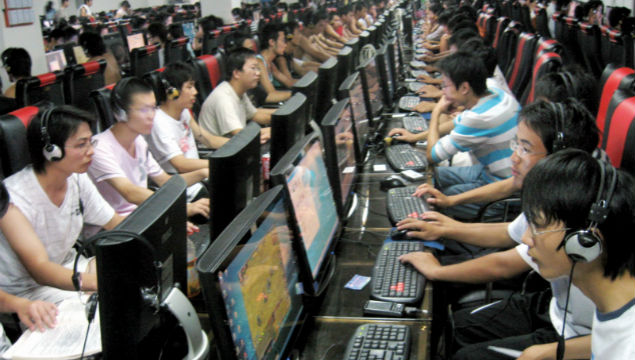
While gaming is undoubtedly becoming more and more global; it’s still a luxury that is focused largely in just a handful of countries. In early 2016 it was reported that the 20 highest-ranking countries in terms of revenue from games make up 89.8% of global game revenues. Considering there are 196 countries in the world, that’s still a hugely disproportionate figure; even more so when you realize that China and the USA alone make up just under half of all worldwide game revenue.
Even so, areas such as Latin America, the Middle East & Africa, while comparably small in current numbers, are some of the fastest growing game markets in the world, seeing up to 26.2% yearly growth! Countries such as Turkey, Iran, and Nigeria all generate hundreds of millions of dollars per year in the games industry so shouldn’t be scoffed at.
In terms of sheer numbers, it has been reported that there are more gamers in China than there are people in America (517 million Chinese gamers to 317 million total Americans). This works out at roughly 37% of China’s total population.
Percentages are actually more useful than the exact numbers for the purposes of comparing which countries are the biggest gamers. After all, it’s hardly fair to compare China with the UK on a solely numbers-based approach when their populations differ so hugely. And in terms of percentages, the USA actually, sees 49% of adults playing video games.
GameTrack estimates current gamer populations in European countries such as the UK and Germany. In their Quarter 1 Report for 2016, they estimate that 40% of the UK population between the ages of 11-64 play video games. This figure rises to 55% in Germany and 61% in France. This paints a very different picture and suggests that, when it comes to proportions of populations engaged in gaming, France is one of the biggest gaming countries.
Do note however that these statistics are all considering adult populations, whereas the Chinese statistic is taking in the total population.
What are the World’s Favorite Genres?
In 2015, the USA’s favorite genre of game was shooters, weighing in at 24.5% of total video game sales. This is hardly surprising given the popularity of franchises such as Call Of Duty to those who don’t otherwise identify as gamers or play any other games. Action games are only slightly less popular, while sports games and RPGs are also relatively high on the list.
However, favorite genre doesn’t necessarily correlate with the overall favorite or top-selling games. In the UK for example, Grand Theft Auto V has maintained its position as the top-selling game constantly since 2014. Given that GTA V is also the most successful entertainment product of all time, that’s not so surprising.
According to video game sales tracking site VGChartz, the current worldwide best-selling games for 2016 are Uncharted 4, The Division and Call of Duty: Black Ops III. While most individual country charts similarly reflect this with these three games consistently topping the charts; Japan is a wonderfully refreshing exception. 7 of its top 10 selling games are from handheld platforms (3DS and PS Vita) and the Nintendo 3DS game Yokai Watch 3 is Japan’s best-selling game of 2016 so far. Once again, no real surprises here as Nintendo is still such a powerhouse in its native country.
This shows that cultural backgrounds clearly feed into purchasing habits, but it also shows that gamers on different platforms generally favor different types of games. For example, 2015’s best-selling games included GTA V, Minecraft, Black Ops III, FIFA 16 and Fallout 4 but the top PC game of the year was The Sims 4. Meanwhile, in the mobile arena, Clash of Clans and Candy Crush Saga featured heavily.
The eSports scene has also been seeing burgeoning success. Global eSport revenue for 2016 is estimated to hit over $892m, and big media companies such as ESPN are increasingly getting behind this new growth area. Only last week, UK Premier League football team West Ham United signed their first ever professional FIFA video game player.
However I would hasten to add that much of the growth in this sector is in the spectator field (as opposed to hands-on playing) through high-profile events such as the Dota 2 World Championship, making it quite a different and unique beast to any other genre.
What are the Favorite Platforms?
We’ve already seen something of a correlation between chosen platforms and types of games favored. But just which platforms are being chosen?
In China, PC gaming is still by far the most popular hardware choice. Of course, dedicated gaming consoles had been banned in China from 2000-2015, so for many people PC has been the only choice, contributing to its huge success there.
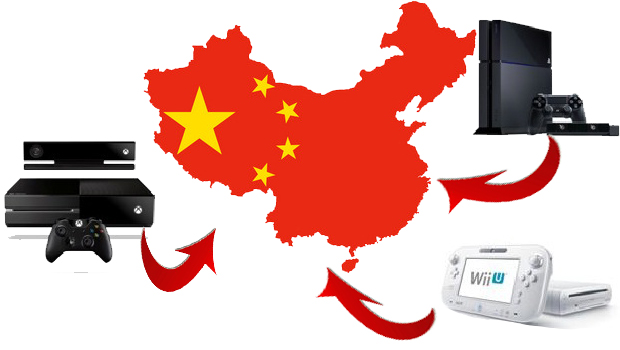
PC is still going strong worldwide, though, with Steam championing the digital market and 87% of console gamers also playing games on PC. This also suggests that more people than ever are playing games on multiple platforms.
The overall best-sellers continue to be older consoles (PS2 is still the all-time great), but this is not a reflection of current preferences or what people are playing now. Of the current console generation, Sony’s PlayStation 4 has taken a significant lead as the king of the home consoles, selling 43.4m units as of August 20th. Compared to Xbox One’s 22.3m and Wii U’s 13.3m, it’s pretty safe to say that the PS4 has won this generation’s console war.
Meanwhile, Nintendo’s 3DS handheld has sold 59.3m units, making it the highest selling piece of current gen gaming hardware. This is especially fascinating given that general trends show handhelds are both the lowest revenue earner and the least used of all gaming platforms overall.
But now let’s get specific. The PS4 has topped sales in both the USA and Europe in 2016, followed by Xbox One and 3DS. In Europe, 3.6 million more units of software have been sold this year for the PS3 than for Xbox One, showing that last-gen consoles are still extremely popular.
Perhaps unsurprisingly Japan’s top console is the 3DS, and unlike the other countries, the PS Vita is also still selling relatively well there, taking fourth place. In fact, the Vita has sold 15,000% more units in Japan this year than Xbox One (547,926 to a mere 3,443).
VR, despite being in its infancy, is already set to generate $2.3bn worldwide in 2016, making it one to watch in the coming years!
The Mobile Empire
Mobile gaming has been on an unstoppable march to prominence for a number of years now. In just the first quarter of 2016, 6.65 billion games were downloaded from the iOS and Google Play stores. This unequivocally eclipses any other single gaming platform, making mobile the world’s favorite by a good stretch.
There were 141.9m American mobile gamers in 2015, and mobile gaming will also generate over a quarter of Latin America’s total gaming revenue in 2016. While purchases of physical, boxed gaming console/PC software made up £904m in the UK 2015, mobile gaming is fast catching up with a total £664 million for the same period. Considering the lower costs and prices of mobile games in general (not to mention the wealth of free games), this is still a huge number and again shows just how many people are playing on their phones.
The rise of the mobile empire can also partially explain the smaller amount of success in handheld — mobile is a more integral item to more people, and if they can game there they’re less likely to shell out for another dedicated handheld gaming system.
Wrapping Up
Gaming is marching ever onwards, and each year it reaches more people, makes more money and becomes more ingrained into cultures and societies across the globe. As the value of the gaming industry continues to increase and its popularity grows in both existing and new markets from China to Nigeria, the globalization of gaming will only continue.
This will be aided by the booming mobile gaming scene which has made games accessible to more people than ever before, and as more and more people of all ages and backgrounds continue to embrace this wonderful form of entertainment. Variety is one of the greatest things about the gaming industry, and as the medium grows, we can only hope to see even more innovation and creativity to reflect the diverse cultures and audiences enjoying games.
Unfortunately, there are still significant gaps in the data when it comes to video games, making it hard to get much more comprehensive than we’ve done here.
If you’d like to have a look at the full statistics, which I would heartily recommend for some fascinating insight, here’s a list of links to the sources used for this article:
- AARP — Video Games: Attitudes and Habits of Adults Age 50-Plus
- ESA Industry Facts
- ukie: The Games Industry In Numbers
- Newzoo 2016 Global Games Market Report
- Pew Research Center: Gaming and Gamers
- ISFE GameTrack European Digest: Quarter 1 2016
- Statista: Breakdown of US video game sales in 2015
- VGChartz: Global Yearly Chart
- IDC Virtual Reality 2016 Forecast
Image Sources:
- Video Games and their Effect on Modern Day Society
- Japan teased the 2020 Summer Olympics with the help of Super Mario
- Health Benefits for Elderly Gamers
- Top 5 Gaming Culture Phenomenons in China and its Impact on Chinese Society
- Video Game Culture Takes Hold Across Nigeria
- Dota 2’s The International – Every Single Match Live on Sky Digital
- China Will Lift 13 Year Ban On Video Game and Console Sales
- PlayStation 4 Pictures
- The Growth of Mobile Gaming

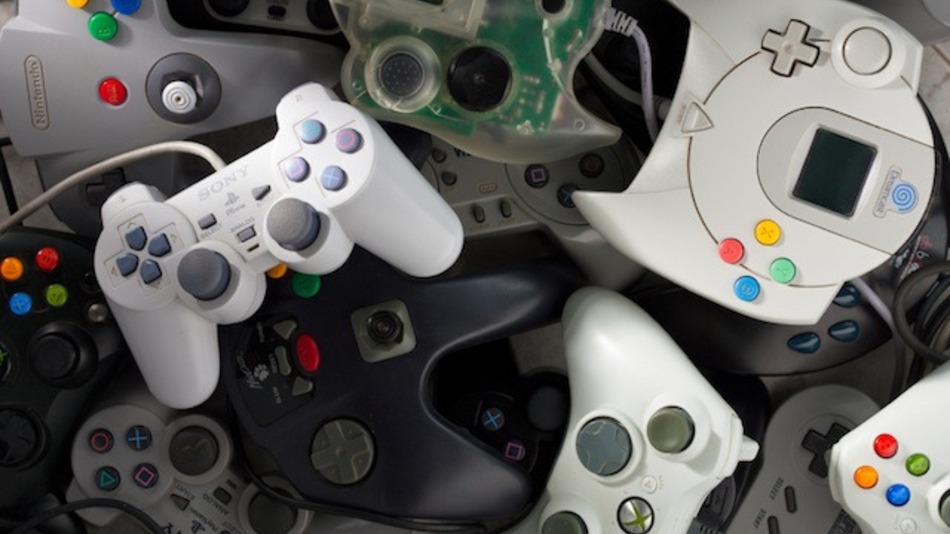


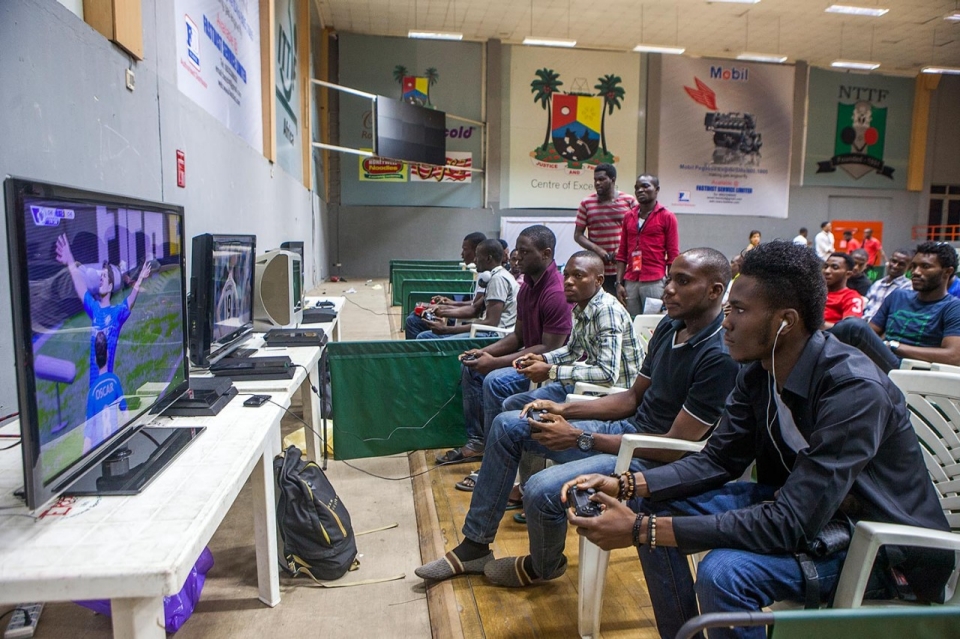

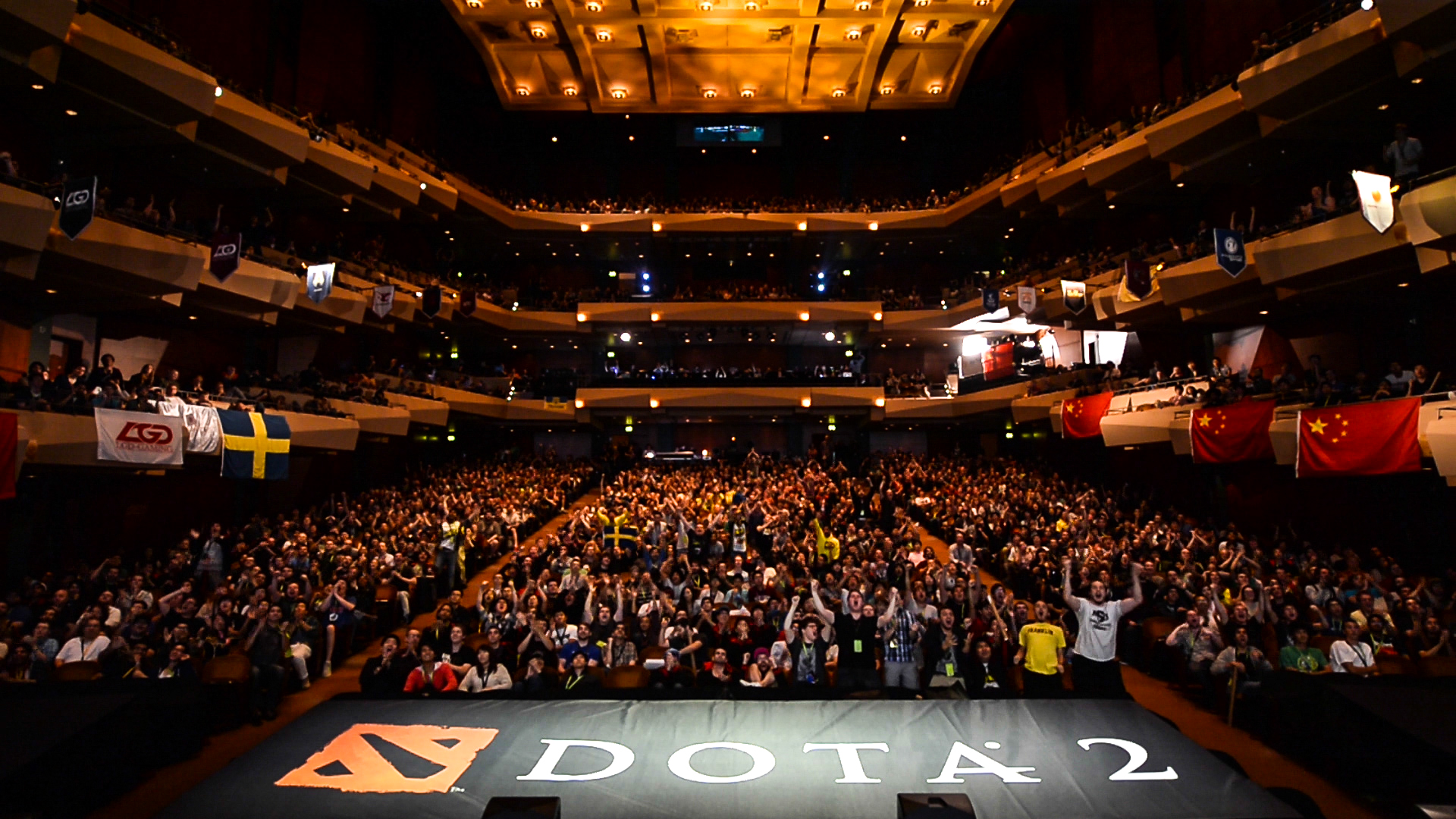
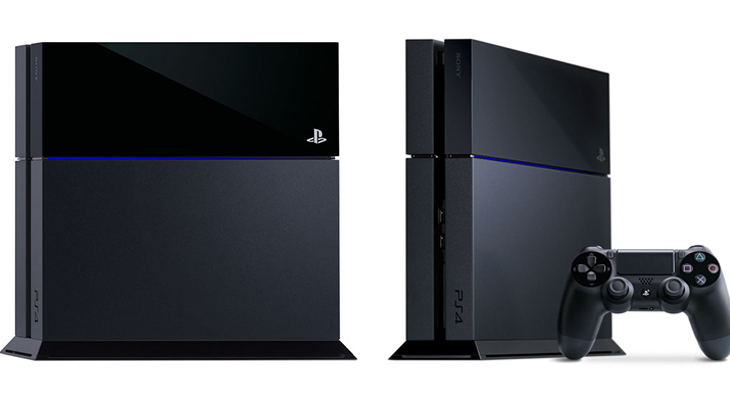






Published: Sep 2, 2016 01:00 pm